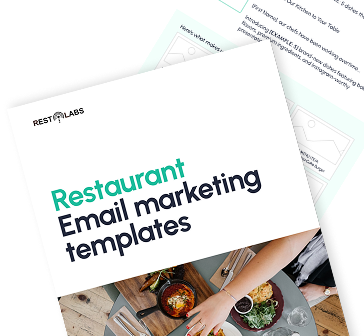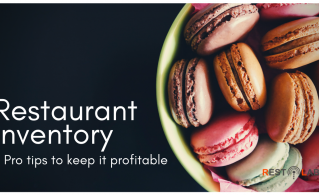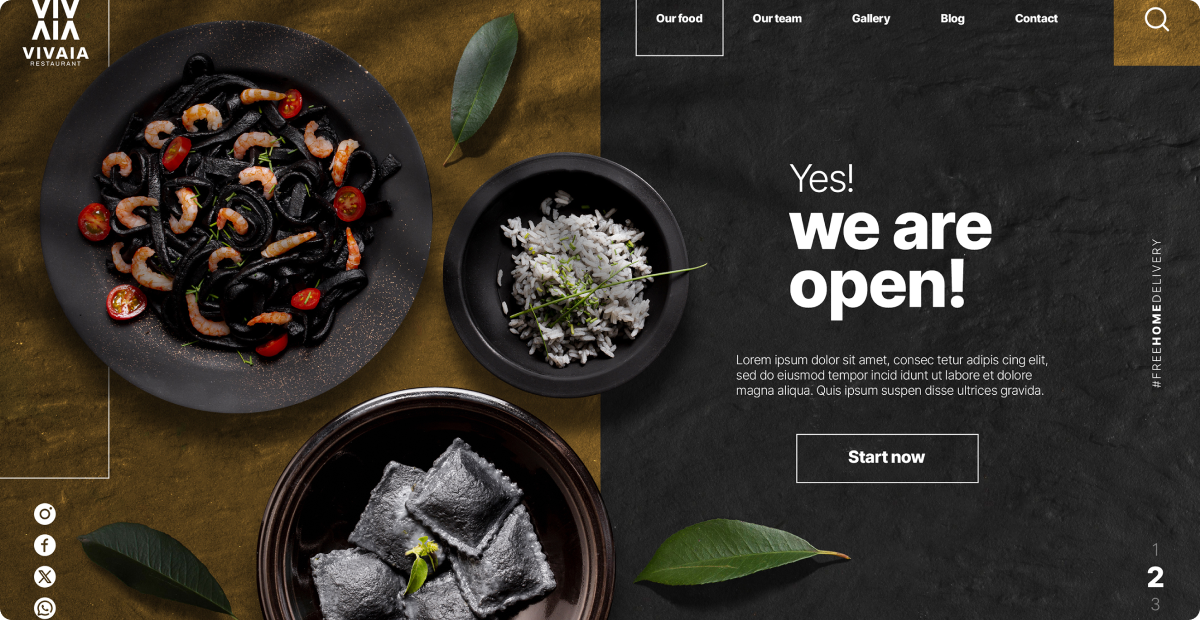Key Takeaways
Take Control of Your Restaurant’s Online Ordering in 2025
The food delivery market has transformed into a hyper-competitive $150+ billion industry, with giants like Uber Eats, DoorDash, and Zomato taking a major slice of the revenue — and charging restaurants hefty commissions to do it.
For many independent and mid-sized restaurants, this raises a critical question: Should you keep paying 20-30% per order to third-party apps, or build your own direct ordering system and protect your margins?
Why Restaurants Are Moving Away from Aggregators
Third-party platforms are convenient, but they come at a cost:
- High commissions that eat into your profit
- Zero access to customer data, making remarketing impossible
- Loss of brand identity in a crowded marketplace
In 2025, the smarter choice is to own the customer journey — from menu discovery to order completion — on your own branded website or mobile app.
What to Consider Before You Partner with a Delivery Platform
If you're still deciding whether to rely on third-party apps, consider these key factors:
1. Is the customer experience aligned with your brand?
Delivery delays, poor packaging, or untrained delivery personnel can damage your brand reputation. Before partnering, ask:
- What is their average delivery time?
- How are complaints resolved?
- Is the delivery staff trained to represent your brand well?
According to McKinsey, speed and reliability are the top two factors that influence customer loyalty in food delivery.
2. Who owns the customer data?
Most third-party delivery platforms do not share email IDs, phone numbers, or order behavior. That means you can’t remarket, upsell, or build loyalty. Direct ordering platforms like Restolabs give you full access to your customer data — so you can build long-term relationships.
3. Are you getting any free marketing?
Some platforms promise visibility, but real marketing requires access, content, and automation. With your own ordering system, you can run:
- Automated email campaigns
- Loyalty programs
- Special offers and promotions tied to your calendar
And every click, view, and purchase happens under your brand’s banner — not someone else’s.
Why More Restaurants Are Choosing Restolabs
At Restolabs, we help restaurants future-proof their business by offering:
- A fully branded online ordering website and mobile app
- Seamless integrations with POS, CRMs, and payment gateways
- Built-in loyalty, discount, and promotional tools
- Real-time analytics to understand and grow your customer base
With delivery demand at an all-time high, your restaurant deserves more than a listing on someone else’s platform. You deserve your own ecosystem — and Restolabs helps you build exactly that.
Want to stop renting customers from third-party apps?
Let’s build your own direct ordering system — book a free demo with Restolabs today.
Frequently Asked Questions


.gif)






.png)


